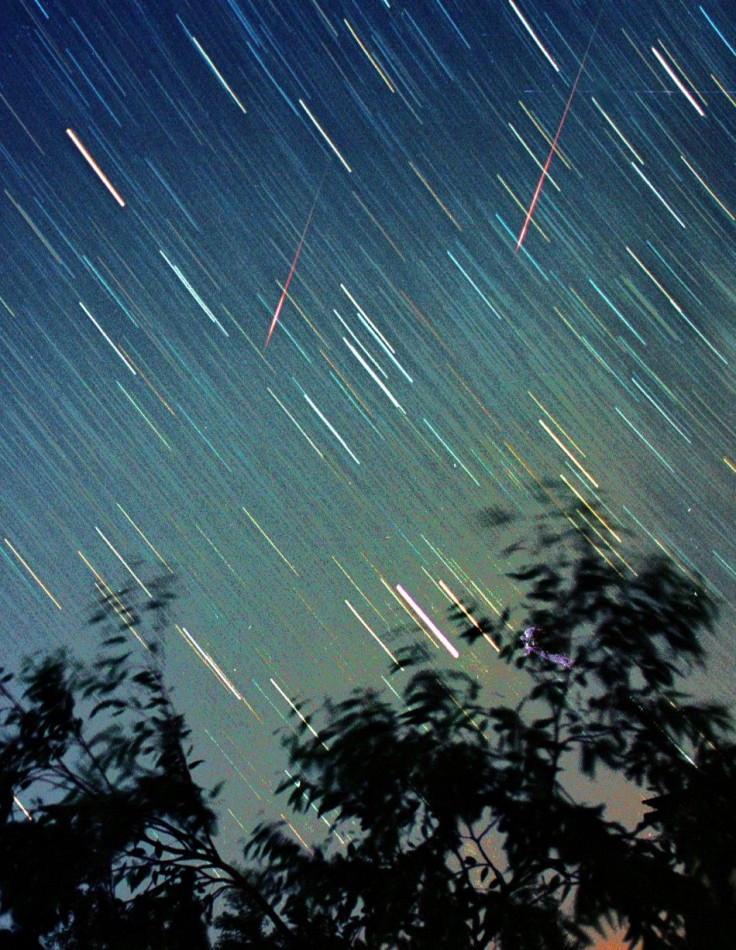Night Owls Can Watch The Sky Fall Tonight: Tips for Viewing the Perseid Meteor Shower

Anyone who does not mind missing a little sleep can watch the Perseid meteor shower during the early morning hours on Saturday.
Every year in mid-August, the Earth passes through the orbit of the comet Swift-Tuttle, which is named for the scientists who discovered it: Lewis Swift and Horace Tuttle. Although the comet is nowhere near the Earth, it will leave behind debris in the form of a meteor shower the will light up the night sky.
Fifty to 60 shooting stars can fall per minute, at "blink-and-you'll-miss-it" speeds. This year, the peak of the meteor shower will coincide with a full moon, which will brighten the backdrop of the sky and make it harder for the falling stars to stand out.
"If you want fireworks, go find a video of fireworks on YouTube. This isn't like that. This is about being part of nature and the wider cosmos," Alan MacRobert, a prickly senior editor of Sky & Telescope magazine, wrote in an e-mail to ABC News.
"Most people never look up. They go about their busy little lives wrapped up in their busy little concerns here on the ground like ants in an anthill," he said. "Amateur astronomers -- and nature people in general -- are people who sometimes stop to look up, and to take the time to find out about what they see."
Those who are not too wrapped up in their busy little lives should find the darkest spot possible in the earliest hours of the morning, away from street lamps and well-lit buildings. You should sit with the moon (setting in the west) is behind you. A good guideline is to look toward the constellation Perseus, in the northeastern sky, as the showers will appear to be coming from the middle of the constellation. Perseus will be at its peak during these pre-dawn hours as well.
The shower is expected to peak at 2 a.m., and will be best observed after eyes are given at least 20 minutes to adjust to the darkness.
If the outdoor viewing requirements are overwhelming, there is another option.
NASA's Marshall Space Flight Center is providing a live video feed of the sky throughout the night for those who want to watch the spectacle in their pajamas.
The webcams, which are light activated, will only show a blank screen during the day, but as night rolls in, the webcams will automatically switch on to give a wide panoramic view of the sky.
The website -- www.nasa.gov -- is also offering a supplementary "Stay Up All Night" chat session where nocturnal amateur astronomers can keep each other company.
"The Perseids are always an exciting meteor shower to watch out for. Even in large cities it's often possible to catch site of some of the brighter Perseid meteors streaking across the sky, but from a really dark site you can sometimes see dozens per hour," said Dr. Marek Kukula, public astronomer at the Greenwich Royal Observatory in London.
"Despite this year's Perseid shower coinciding with the full moon it's still well worth going out for a look."
© Copyright IBTimes 2024. All rights reserved.












